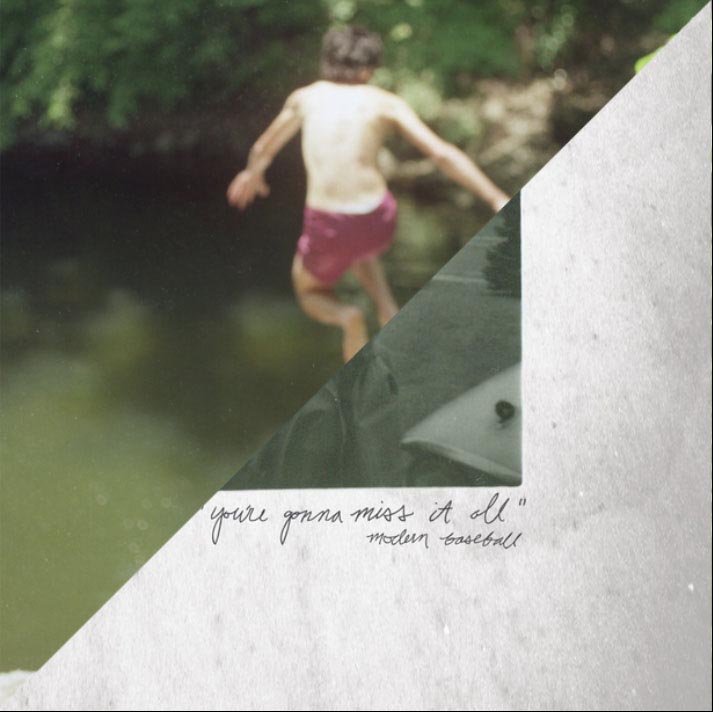
Pop punk and emo might sound the same, but their differences run deep. | Maxwell Heilman/THE CHIMES
The two genres within the punk movement that get the most confused with one another have become pop punk and emo. For genres that many see as interchangeable, pop punk and emo could not be more different.
The emo emergence
Emo, short for emocore, a term also short for emotional hardcore, has reached its third wave. In the ‘80s it emerged into the post-hardcore scene with bands like Rites of Spring, Embrace and Beefeater. This first wave sounded a lot more energetic and harsh than the waves that followed.
The second wave started in the early ‘90s with bands like Sunny Day Real Estate — whose first album was deemed the No. 1 emo album of all time by Rolling Stone — Cap’n Jazz and Jawbreaker. This new wave gained traction in the midwest and many bands appeared on the scene such as American Football, Mineral and Brand New. This wave’s sound was mellow with deeper, emotional lyrics. In the late ‘90s and early 2000s, Orchid led the way for screamo, a more aggressive subgenre of emo, to become popular.
Experimentation within the genre and its break into mainstream culture came the third wave, spearheaded by Jimmy Eat World, Fall Out Boy and My Chemical Romance. This wave took a less unique approach by punk standards, foreshadowing pop punk.
In 2010, a revival of second wave emo began through bands such as Into it. Over it. and The World is a Beautiful Place & I Am No Longer Afraid to Die, who revived the deep lyricism and instrumental complexity that the ‘90s knew and loved.
Four chords, little else
These elements represent exactly what pop punk bands noticeably lack. Pop punk started in the ‘70s and ‘80s with bands like Dag Nasty and Social Distortion, but did not become popular until the early 2000s with bands like Green Day and Blink-182.
The sound of pop punk before it went mainstream had a harsh, upbeat sound and relatable lyrics. Modern Pop punk uses at most four chords and a simplistic, distinctive drum beat that mostly plays throughout the entire song. Paul Crites, a fan of punk who has listened to emo and Pop Punk for 15 years, said pop punk is punk that caters to the mainstream, like any “pop” genre. With catchy choruses, clean vocals and basic, vague topics, pop punk took on a massive following.
Lyrical topics in this style include teen angst, break-ups and being friend-zoned. While some of these topics seem harmless, sexism started to permeate the scene with the massively popular pop punk band The Story So Far singing lyrics like “think about who you let between your thighs.” Blink-182 has sung about wanting to train women and what a drag they are, and there is a trend in calling women derogatory terms over and over again. Recently, the lead singer of the Story So Far, Parker Cannon, violently kicked a girl off a stage and fans rushed to his defense all over social media.
Crites said genre distinctions can become blurry for some because of similar origins and fans, but emo is miles ahead of pop punk lyrically and instrumentally, while pop punk is a genre many find themselves growing out of, even the bands themselves.
Many pop punk bands switch to emo, such as Tigers Jaw, Citizen, Modern Baseball and Sorority Noise. Considering emo has more advanced music and lyrics, this could reflect the band growing in skill and out of what fueled their previous songwriting. Crites said pop punk fans reflect a similar change, as he no longer listens to pop punk because he no longer relates to the musicality or lyrics.







